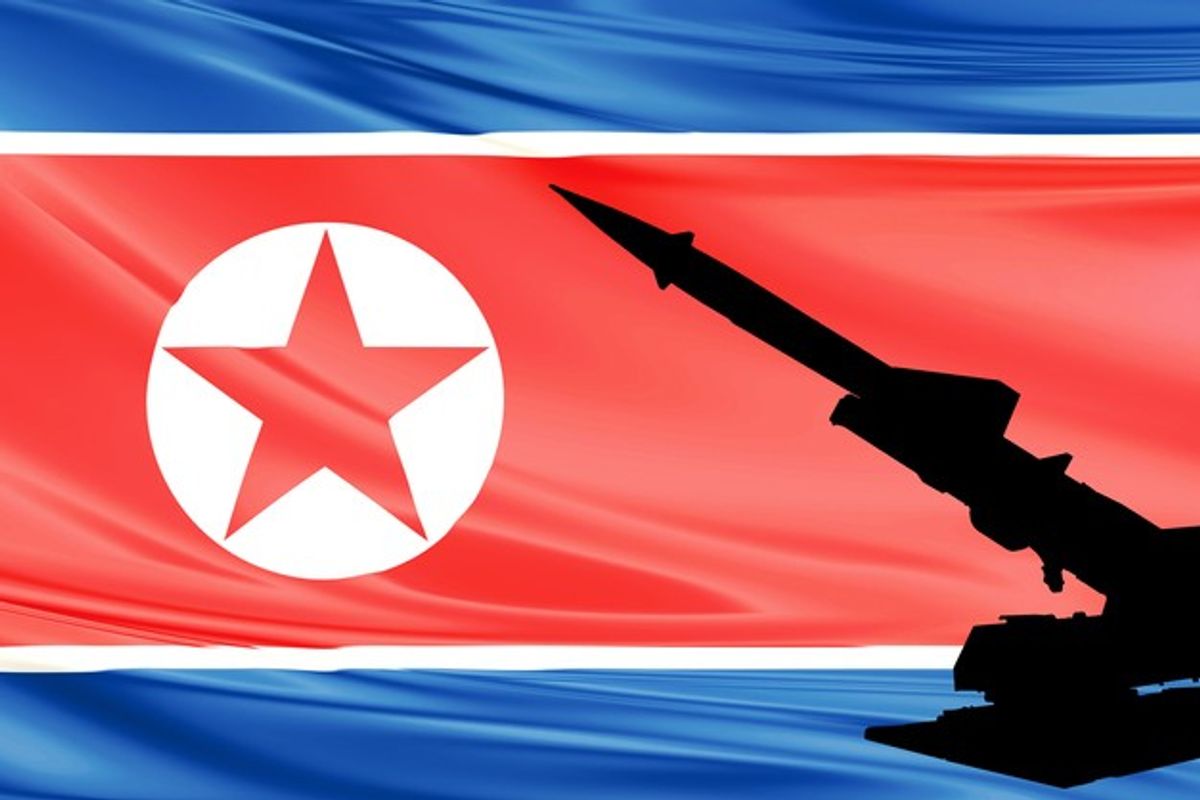Chairman Kim Jong-un started off 2019 with a well-rehearsed New Year’s address, in which he utilized a less-formal and relaxed atmosphere – akin to FDR’s ‘Fireside Chats’ or Chinese President Xi Jinping’s New Year’s addresses – and wore a western-style business suit. In his address, Kim spoke of his diplomatic successes during 2018, his emphasis upon economic development, peace and reunification in the Korean Peninsula, and his desire to further a new relationship with the U.S. as well as to safely denuclearize.
Kim also recently made his 4th visit to China, traveling to Beijing with his wife, Ri Sol Ju, and his national security team, including Kim Yong Chol, Foreign Minister Ri Yong Ho, and his Defense Minister. Kim and his entourage - which also included his sister - Director of the WPK Propaganda and Agitation Dept, Kim Yo-jong - traveled by train, on a 20-hour ride, first made famous by his grandfather Kim Il Sung in 1982, and by his father Kim Jong Il in 2011.
The fact that Kim Jong Un traveled by train with his entire national security entourage suggests his confidence and comfort with respect to his safety and security. The scale and scope of his delegation and meetings suggest closer, evolving ties between China and North Korea, as well as wide-ranging diplomatic discussions. But the symbolism of Kim’s trip – both via train and during the week of his 35th birthday – is highly important – to both the Chinese and North Korean leadership. And one must wonder at the nuance (the Chinese call this shi, which means the alignment of forces, or the propensity of things to happen) of the Kim-Xi summit being scheduled at the same time as, and thereby superseding the U.S.-China trade talks in Beijing.
While lower-level Chinese government spokespersons have denied any linkage between Kim’s visit and the trade talks, or between the trade talks and diplomacy regarding North Korea, this strains credulity. For Xi knows his Sun Tzu: “O divine art of subtlety and secrecy!” Even President Donald Trump has – using his gut instincts – correctly perceived such linkage prior to, and after his historic June 2018 summit with Kim. Interestingly, Xi, members of his Politburo and its Standing Committee, Foreign Minister Yi, and State Councilor Yang Jiechi have remained opaque and silent regarding this issue.
Kim ended his visit with a tour of a leading Chinese pharmaceutical conglomerate, again reinforcing his interest in economic development, different models of reform, and possible new industries, e.g. North Korean generic and herbal/Oriental medications. It is intriguing to surmise that Kim’s formative years in western Europe, combined with his experiences of visiting Singapore have, in combination with his intelligence, curiosity, and increasing worldliness, begun to shape his changing views of economic development and reform. According to Chinese state media, Xi told Kim that Beijing supports a second summit – likely to be held in Vietnam - between the North Korean leader and U.S. President Trump, adding that he hoped they’d "meet each other halfway,” and that the “political settlement of the (Korean) Peninsula issue faces a rare historic opportunity." Kim also said that North Korea will make efforts to "achieve results that will be welcomed by the international community.”
Kim’s deft and adroit diplomacy with Xi is both a continuation of his remarkable diplomatic overtures of 2018, as well as a harbinger and portent of things to come, with both President Trump and President Moon Jae-in. Kim is now seen – this is no longer in dispute - as a responsible, rational, and mature statesman, who is moving his country forward with his plans of economic development and [likely] reforms.
A second Trump-Kim summit can expect to build upon their historic June 2018 summit, by achieving deliverables such as (1) a peace agreement; (2) the opening of US-DPRK liaison offices; (3) lifting of the travel ban and increasing people-to-people exchanges between the US and the DPRK; and (4) initial sanctions relief in areas such as healthcare, IT infrastructure, and other critical infrastructure. The issue of denuclearization remains more complicated, as North Korea has continued to develop its nuclear infrastructure, while continuing its post-September 2017 freeze on nuclear testing. Few believe Kim will ever fully denuclearize, as to do so would be folly, and would remove his deterrent against regime change. But Kim has impressively shown the ability to understand and conceptualize a doctrine of ‘nuclear opacity’ most wisely, learning from the experiences of Israel (which has never officially acknowledged possessing nuclear weapons), India, and Pakistan. He has done so by stopping nuclear testing and he no longer talks about nuclear weapons. In this sense, North Korea has achieved a strategic objective of both possessing a deterrent and of acting - and de facto being recognized - as a responsible nuclear power. The fact that a 2nd Trump-Kim summit is being discussed and proposed at the highest levels – in spite of no formal diplomatic progress regarding denuclearization since the June 2018 Trump-Kim summit – speaks for itself.
But the most recent Xi-Kim summit reveals not only the changed, increasingly positive dynamic between Kim and Xi, but also hints at the changing, evolving relationship between Kim and President Trump. President Trump is likely seen – both by Kim and Xi - not only as weakened (by the new 2019 Democratic Congress, his lower poll ratings, the current U.S. government shutdown, the ongoing Mueller investigation, the criminal convictions within his inner circle, and recent changes in his cabinet - especially the departure of Defense Secretary General James Mattis), but increasingly preoccupied with domestic political concerns, such as the 2020 U.S. Presidential election, and is criticized as being unpredictable, erratic and irrational (this is paradoxical given how Kim was viewed pre-2017). Yet if it serves his national interests, Kim will offer President Trump a ‘win,’ even though President Trump more often perceives such ‘wins’ as a zero-sum game. Given the current U.S. domestic political circumstances, the window for Kim to strike a deal with President Trump may be narrowing significantly. The key point is that in having a 2nd summit with Trump, Kim would be granting him legitimacy, which is a dramatic and 180-degree role reversal from the June 2018 summit, whereas Trump’s meeting with Kim – a historic ‘first’ for a U.S. President – bestowed statesman-like legitimacy on Kim.
Lastly, Kim (and Xi) will strive to move President Moon Jae-in along, inviting him to join the diplomatic dance. This suggests that the political dynamic of 2019 diplomacy involving the DPRK will remain increasingly Asia-centric. The good news is that while momentum has stalled, it has moved forward in a very positive way from late 2017. In starting his 2019 New Year’s diplomacy with a trip to Beijing, Kim did more than take a train ride. For Kim is truly riding the ‘Peace Train’ – and inviting Presidents Trump, Xi, and Moon to join him.
Read also The Next North Korean Summit, by Cipher Brief Expert Tim-Willasey-Wilsey












